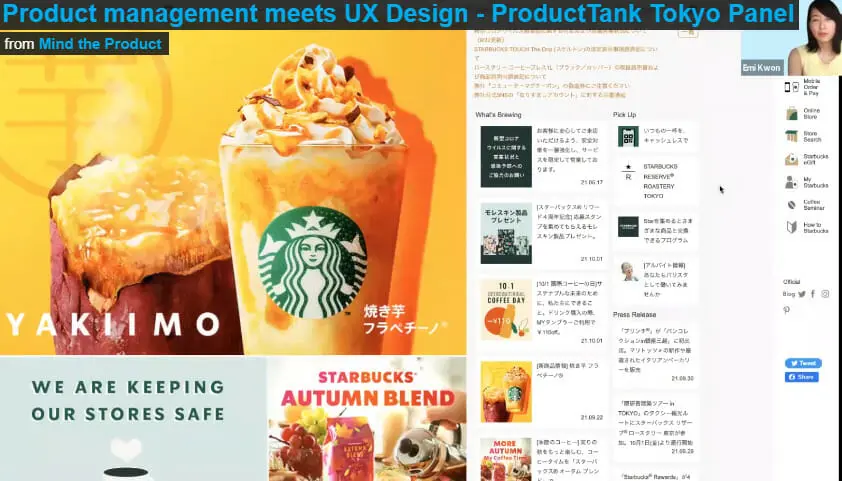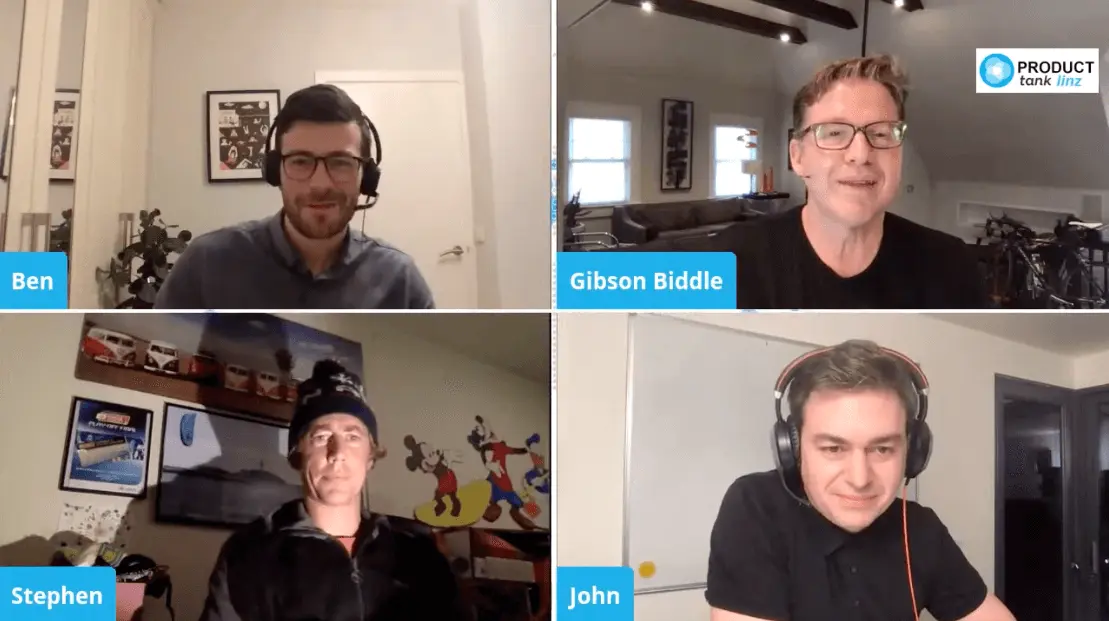Guerrilla feedback can be invaluable for the success of your product. Monal Choksi explains what guerrilla research is, what it isn’t, why it’s useful, and how to fit it alongside your other user research and product development practices.
Guerrilla research gathers fast, low cost information from users, and allows you to develop a quick “gut feeling” about product decisions. It cannot be used to replace formal research, but it can be a great compliment to it. It is also valuable as a means to get the whole team – product managers, designers, engineers – out of the office, empathising with your users and experiencing your product in real life.
Monal shares five principles for effective guerrilla research:
- Identify your target audience, find them and find a way to start the conversation
- Let them do the talking
- Keep asking questions, but don’t ask leading questions
- Pay close attention to what they DO not just what they say
- Show appreciation for the person who gave you this valuable feedback
Consider the target audience for your product and find quick and easy ways to access them. Where do they hang out? How can you encourage them to stop and give you ten minutes of their time? Listen and watch as your users attempt to complete a task with your product. Ask them to think out loud as they go so you can listen for pain points and opportunities to improve your product. Try to understand what they are thinking and why they are doing what they are doing.
What users say and what they do can be very different, so keep a close eye on both. Researchers often observe users struggling, but still saying that the experience of the product it was ‘good’. If we only look at what they say, we might miss opportunities to improve the product. Users can be reluctant to give negative feedback, so it is important to look at expressions and body language.
Monal concludes her talk with a Q&A, where she goes deeper into the ups and downs of dealing with real users in the field, as well as how to manage guerrilla research sessions to gain the information you most need, avoid tangents, enable negative as well as positive feedback and ensure your test users feel comfortable and appreciated.













